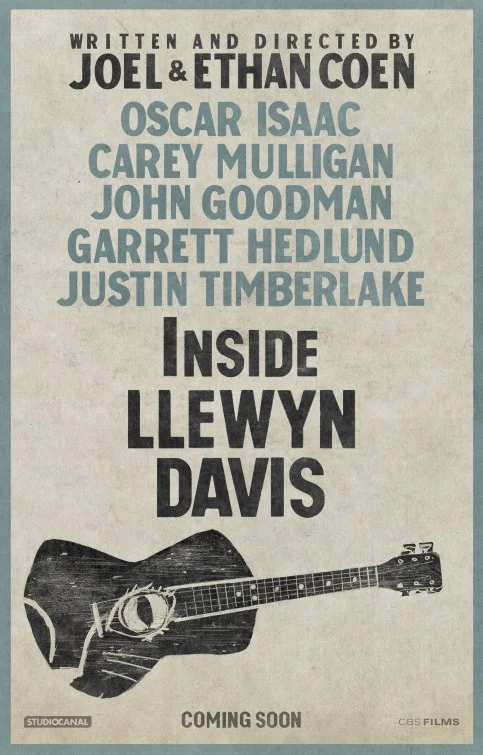Sully
Sully, the latest from crazy man Clint Eastwood and every man Tom Hanks, is an ode to the professionalism of workers and a love letter to New York. While at first blush, one ponders where the drama will emerge in a story that most everyone knows the ending to - the pilots that navigated a plane full of passengers safely into the Hudson with zero casualties - but the script finds an angle in the post-crash investigation and dials the drama up to untenable levels. The filming of the crash shines in its execution, succeeding in putting the viewer in the middle of the action and pulling on the basic human instincts of relating to the fear and panic one would inevitably feel if placed in this situation.
Tom Hanks brings his usual excellence to the role, Aaron Eckhart is serviceable as his stalwart co-pilot, but Laura Linney is wasted as the pilot’s wife that frets from afar. Hanks conveys his confidence in the pilot’s abilities and choices when in triage mode, while still questioning if there were other options available to him in the moment. The script highlights the professionalism of all the industries it portrays - rescue workers, flight attendants, pilots, etc. This is especially moving as the setting is in New York, the plot is about an airplane crash, and the theme is the inherent heroism of doing your job well. All reminiscent of 9/11, and the film taps into that American shared experience with visuals of a plane hurtling towards buildings as the pilots must make their life or death decisions.
With all the film got right, the forced drama from the investigation board was a step past the professionalism of all the other industries highlighted in the film. The board seemed to be hunting for reasons to prosecute the pilots, to vilify them for making the emergency landing. For example, when the simulations came back with the successful return to a nearby airport, the board executives conveyed the reticence of one caught in a lie when forced to confess it took double digit attempts in order to get that successful outcome. It seems as though the scriptwriter felt the story couldn’t stand up on its own without a clearly defined villain that Hanks everyman could outsmart with the facts and his common human intuition. Thus, their turn to praise him as a hero at the end seems sudden and not consistent with their “evil” attitude present for most of the film.
Another misstep in the film centers around the framing of the camera. Throughout the movie, and especially apparent in the conference room scenes where the board first questions the two pilots, the shots were framed much too close. The composition was missing medium or master shots to ground the people in the space. As a viewer, the filmmaking got in the way of my viewing experience, as I felt far too claustrophobic and distracted by the forced closeness.
In contrast, the filmmaking of the crash is the highlight of the movie. Eastwood cuts between the pilots and the reactions of the passengers and the actions of the flight attendants. The entire sequence is quite affecting emotionally, as the viewer can’t help but imagine themselves in this situation. Ordinary people facing their own mortality in an emergency that is out of their control paired with the extraordinary relief of being rescued out of the freezing waters of despair. Definitely makes me want to review the safety manual on my next flight.






